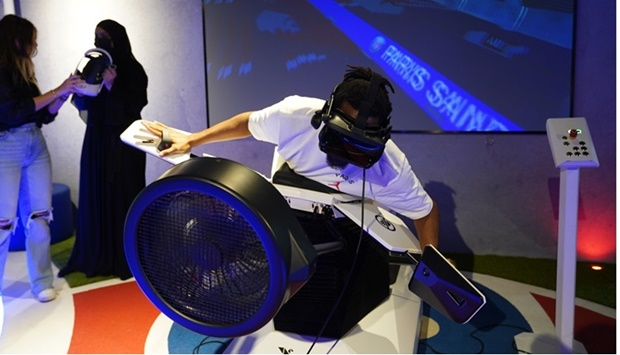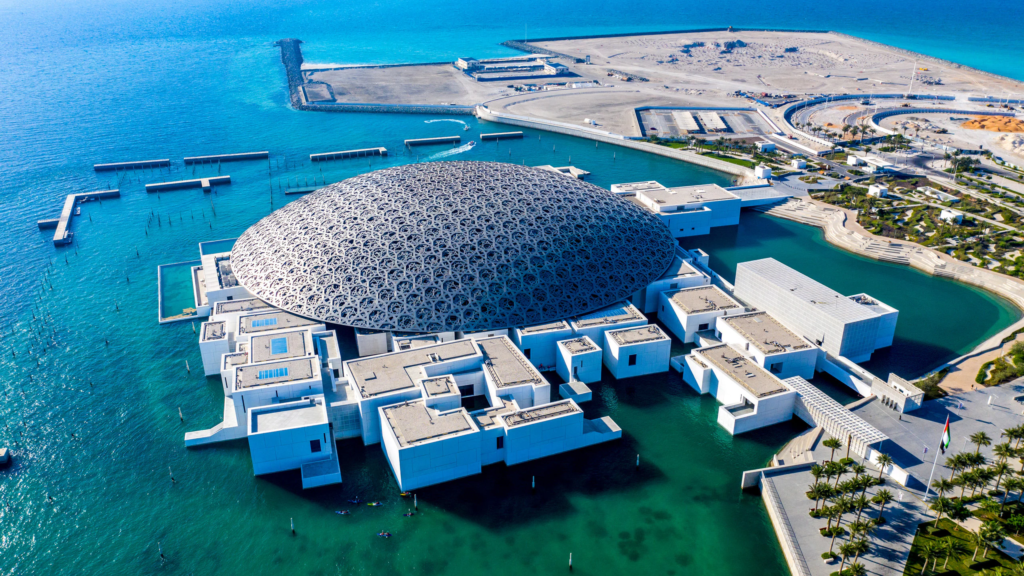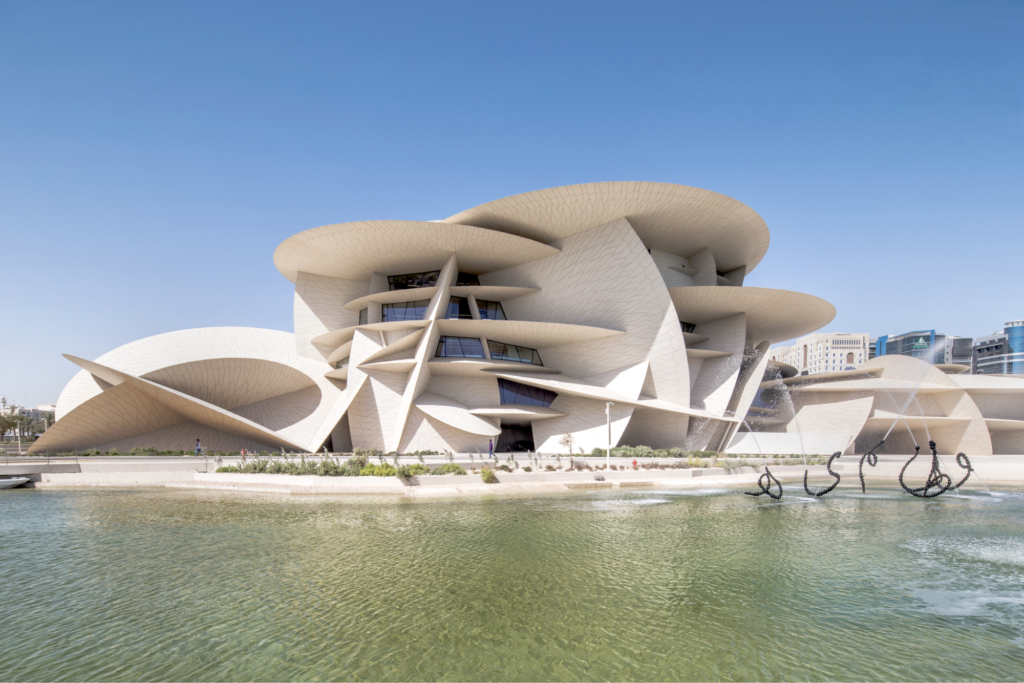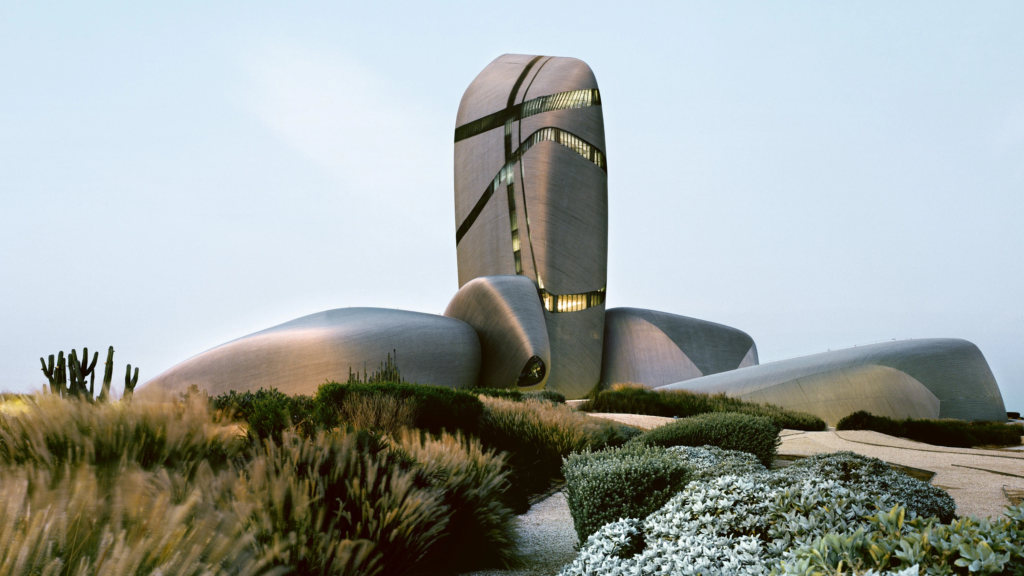Introduction: Gulf Museums Virtual Reality Transformation
Gulf Museums Virtual Reality is quickly reshaping how visitors experience culture, history, and art in the Middle East. Countries like the UAE, Qatar, and Saudi Arabia are embracing technology to attract global audiences and bring their stories to life. Through cutting-edge Virtual Reality (VR), museums in the Gulf are no longer just places to observe — they are now immersive learning spaces.
This trend is not just futuristic — it’s already happening. From holographic guides to 3D time-travel experiences, Gulf museums are setting new standards in digital engagement. Let’s dive into how this powerful technology is creating unforgettable journeys through history and innovation.
Why Gulf Museums Are Embracing Virtual Reality
Attracting the Digital Generation

Museums are no longer just for scholars and tourists. Today’s generation expects interaction, storytelling, and digital engagement. Gulf museums are using VR to connect with younger audiences and tech-savvy travelers.
Enhancing Accessibility
Not everyone can visit every museum in person. VR allows people from across the globe to virtually tour exhibits, making cultural access more inclusive.
Top Gulf Museums Using VR in 2025
Louvre Abu Dhabi

Louvre Abu Dhabi has introduced VR headsets that transport visitors into ancient cities and lost civilizations. With a headset, you can walk through ancient Mesopotamia or witness the building of Egyptian pyramids.
Museum of the Future, Dubai

This museum lives up to its name. Its VR zones simulate futuristic cities, climate change outcomes, and space exploration. The “Journey to Mars” experience is especially popular among youth.
Qatar National Museum

In Doha, the Qatar National Museum uses VR to allow guests to experience life in ancient Bedouin camps, dive into pearl diving adventures, and witness historical events as if they were there.
Ithra – King Abdulaziz Center for World Culture, Saudi Arabia

Ithra blends art and technology with immersive VR stories of Saudi heritage. One exhibit lets visitors walk through a digital recreation of ancient trade routes, complete with sights and sounds.
Key Benefits of Virtual Reality in Museums
Immersive Storytelling
Unlike static displays, VR brings stories to life. Visitors can interact with virtual characters, witness historical events, or explore distant lands in high definition.
Educational Impact
Students and researchers benefit from realistic simulations. Whether it’s examining ancient tools or watching a recreated battle, VR makes learning more engaging.
Better Visitor Engagement
VR keeps visitors involved longer. People tend to stay at exhibits more when they are interactive. This increases the museum’s educational and entertainment value.
The Technology Behind the Magic
3D Scanning and Modeling
Gulf museums use 3D scanning to create accurate virtual replicas of artifacts and buildings. This allows users to inspect items closely without risking damage.
VR Headsets and Motion Sensors
Using devices like Oculus Quest and HTC Vive, museums offer guided experiences that feel real. Some even include touch feedback and motion control.
AI Integration
Some museums also use Artificial Intelligence to create intelligent virtual guides who can answer visitor questions in real-time, creating a personalized experience.
Challenges in Implementing VR
High Cost
VR technology is still expensive. Setting up systems, training staff, and maintaining equipment require significant investment.
Digital Fatigue
Some critics argue that too much screen time may reduce the charm of traditional museum visits. Striking a balance between tech and tradition is essential.
Limited Accessibility
Despite its benefits, not all visitors are comfortable using VR, especially older age groups. Museums are working on making interfaces easier and more user-friendly.
Future of Gulf Museums Virtual Reality
As technology becomes more affordable, Gulf Museums Virtual Reality experiences will grow. In the next few years, we may see:
- Full holographic walkthroughs of ancient cities
- Virtual tours available from mobile devices
- AI-curated VR journeys based on visitor interests
- Integration with Augmented Reality (AR) for hybrid experiences
Governments and cultural institutions are also planning collaborations with tech startups to bring fresh ideas into museums. The goal? To make the Gulf a global hub for digital cultural tourism.
Conclusion: A New Era of Museum Visits
Gulf Museums Virtual Reality is not just a trend — it’s a revolution. As VR becomes part of everyday life, these museums are leading the way in combining culture with cutting-edge technology. Whether you’re a tourist, student, or local resident, the next time you visit a museum in the Gulf, be prepared for a trip through time, space, and imagination.
read more- Psychologist Turned Digital Creator: Seemab’s Inspiring Path



